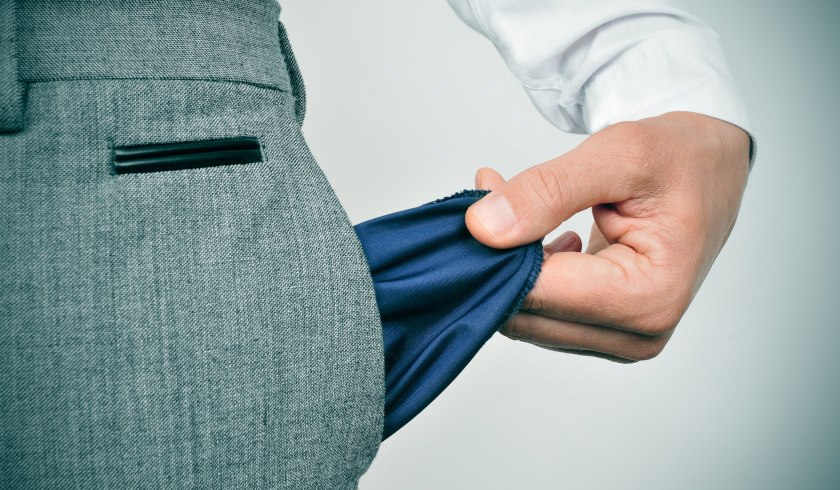5 options for investors with little to no deposit money
First-time buyers often enjoy the assistance of First Home Buyers Loan and similar benefits that reduce the amount of deposit required, but is it still possible to continue growing a portfolio even with little to no deposit?

Investors are no stranger to the fact that saving deposit money entails hard work, especially considering the fast and often unpredictable movements of the property markets across Australia.
According to homeloanexperts.com.au’s Otto Dargan: “When I purchased my first investment property, I felt like I was running after a speeding train. The more I saved, the more house prices increased.”
“Many investors today will miss the boat if they don’t act quickly,” he added.
Financing options
Despite the obvious challenge of accessing funds for the purchase of your properties, there are many ways to grow your portfolio through different incentives and assistance:
1. Government grants
Some states offer grants for people who buy or build a new property.
In this case, the valuer is unlikely to take the same conservative approach that they have for developer cashbacks, thereby effectively reducing the size of the deposit of those who will avail the grant.
2. Vendor kickbacks and incentives
Developers and builders often offer cashback or other special incentives that you can use as part of your deposit.
However, the valuation may be reduced by banks depending on the size of the kickback.
“Banks often consider the real purchase price to be the purchase price less the kickback and they reduce the loan accordingly,” Mr Dargan said.
3. 105 per cent guarantor loan
If your parents own a property in Australia, they can provide a limited guarantee for your mortgage — meaning, you can borrow 105 per cent of the purchase price with no deposit and the lender's mortgage insurance waived.
However, in some cases, banks may reject the application for a guarantor loan, especially if your parents are retired or they already have an existing loan on their property.
4. Additional loan
Aside from letting you borrow 95 per cent of the purchase price, some lenders will also allow you to borrow an additional small unsecured loan for $15,000 to $20,000 for additional costs such as stamp duty.
In order to enjoy this benefit, you need to save up at least 5 per cent of the purchase price for the deposit.
Mr Dargan explained: “You can borrow 95 per cent for a home, yet only 90 per cent for an investment property so this works well for people who intend to live in their property and rent it out one day in the future.”
5. Extract from your equity
Refinancing existing properties and releasing equity to use as a deposit for your next purchase is a strategy that many investors use.
Since different banks have different valuers and different valuers have different opinions, a good mortgage broker can help you determine which lender can give you the best value simply by ordering valuations up front.
With enough research, you can find lenders who will allow you to refinance to 95 per cent loan-to-value ratio, provided that you have a clean loans record.

